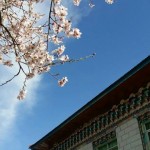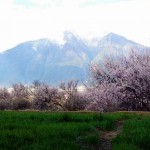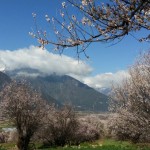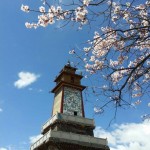By Wang Jian, bostonese.com columnist
I made a visit to Linzhi, Tibet during the Tomb Sweeping Day long weekend. Beautiful Linzhi Prefecture, famous as the Switzerland of Tibet, is located in the southeastern part of Tibetan Autonomous Region, in the lower reach of Yalu Zangbu River, bordering India and Burma. It covers an area of 117,000 square kilometers. The average altitude of Linzhi is approximately 3,000 meters, or close to 10,000 feet. Many tourists arrived in Linzhi this past weekend to see the beautiful peach blossom in the back drop of deep blue skies and snow covered mountains.
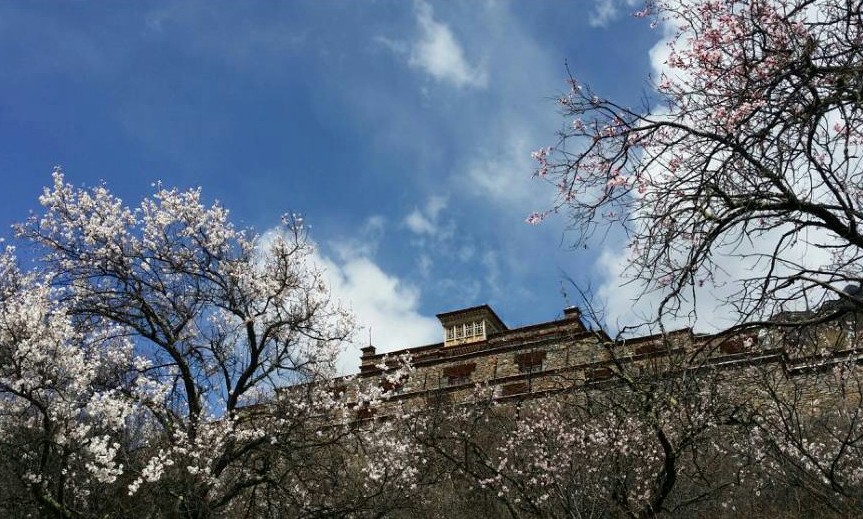
Linzhi has a semi-humid tropical climate with plenty of sunshine and rainfall. The summer is not extremely hot, while the winter is not bitterly cold. The average temperature is 8.7°C, while the average annual precipitation totals approximately 650 mm. This may be the city at the
Transportation in Linzhi mainly relies on highways and on the airport. There is no direct flight to Linzhi from Shenzhen where I work. You can either fly to Chengdu or Chongqing first.
There are two highways connecting Linzhi with the outside world, namely the 345 km Linzhi-Ranwu Highway and the 472 km Zedang-Linzhi Highway. Linzhi Airport, which opened in 2006, operates scheduled flights to Lhasa, the capital of Tibet Autonomous Region and Chengdu, the capital of Sichuan Province.
Tourism is an important pillar of the service sector. During 2007, 820,000 tourists visited the prefecture in 2007, up 30% year on year. This year, the number of tourists should top one million.
The weather was perfect over the past weekend. White and pink peach flowers greeted tourists from around the world. It reminded me the beautiful cherry blossom that I enjoyed when I studied at Huazhong University of Science and Technology over 20 years ago in Wuhan. At spring time, I would go visit my friends and classmates at Wuhan University, and take pictures of the beautiful cherry flowers in the campus along East Lake.
Tibetans account for approximately 90% of Linzhi’s total population. In addition, major local ethnic groups include the Menba, the Luoba and the Chengren. They have folk customs that are similar to those of the Tibetan people.
Polygamy, and unique water, sky, earth and rock burials of the local minority people make Linzhi a mysterious place in China. The traditional Basong Lake Zhuanhu Festival and Gongbu New Year are special festivals among the local people. During the annual Basong Lake Zhuanhu Festival, people come to walk around the Basong Lake to celebrate the birth of Sakyamuni, an early Buddhist figure.
Linzhi has natural beauty and a charming cultural heritage. Tourist attractions include Yalu Zangbu Giant Canyon, Zangbu Badong Waterfall, Baga Temple, Galang Palace Ruins, Basongcuo Tourism Area, Gangxiang Nature Reserve, Dongjiu Nature Reserve, Chayu Natural Reserve and Nanjia Bawa Mountain, which ranks 15th in height among mountains worldwide.
Traditional Tibetan foods such as Zanba, which is made of roasted qingke barley flour, Butter Tea, and Tibetan Qingke Liquor, are also popular among locals as well as tourists.
It was such a beautiful and relaxing weekend away from the noisy and congested metropolis that Shenzhen has become. May Linzhi’s natural beauty and rich cultures stay that way for many generations to come.
